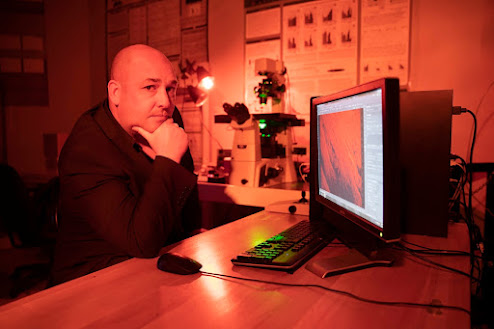 |
Brazilian salmon pink bird-eating tarantula (Lasiodora Parahybana) in the lab of Linda Rayor, senior research associate in CALS.
Credit: Jason Koski/Cornell University |
A survey has found that endangered and threatened insects and spiders, as well as common species that provide valuable ecological services, can be easily purchased– without adequate oversight – through basic internet searches, according to a new Cornell study.
For example, the Luzon peacock swallowtail, one of the rarest butterflies, which is listed as endangered both internationally and, in the U.S., and is illegal to trade, was found for sale at Amazon.com pinned in a display box for around $110.
Many species of live tarantulas, which are not threatened with extinction but whose trade is strictly controlled, were also readily discovered for sale as pets without any oversight or enforcement.
These results are concerning given that insects are in steep decline globally due to habitat loss, pesticides, invasive species, urbanization, pollution, and climate change. Some entomologists have estimated that the Earth is losing about 10 to 20% of all insect species every decade, and researchers said an insect or spider species’ survival can be greatly impacted when it is collected and sold.
John Losey, professor of entomology and the lead author of the paper, “Insects and Spiders on the Web: Monitoring and Mitigating Online Exploitation of Species and Services,” which published in the journal Global Ecology and Conservation, said the study began as a project for his Insect Conservation Biology course. The paper included 18 student co-authors who were undergraduates in 2019 when the research was done. Paul Curtis, extension wildlife specialist in the Department of Natural Resources and the Environment, is a senior co-author.
















.jpg)
